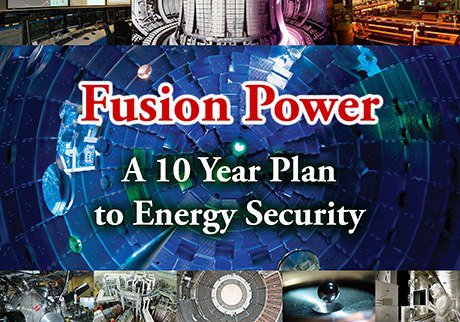
Why Don’t We Have Fusion Power?
Rachel Feltman of Popular Mechanics wrote a brief article on the status of fusion energy research. She notes that unlike nuclear fission, fusion is a near-optimal source of energy. It is clean, safe, secure and abundant. Feltman goes on to discuss the progress that fusion scientists have made in recent decades, but without adequate funding, face an uncertain future. From the article:
Today, fusion reactions occur in tokamaks—doughnut-shaped chambers where gas is pumped into a vacuum chamber and electricity flows through the center (the doughnut’s hole). The gas becomes charged, forming plasma that’s then locked inside the vacuum chamber by magnetic fields (which are created by massive magnetic coils), mimicking the pressure of the sun’s core. Radio and microwaves are fired into the plasma to raise its temperature, and at around 100 million degrees fusion can occur. The main barrier to a sustained reaction, other than the high cost of the electricity needed to heat the chamber, is finding a material that can withstand that much heat for more than a few seconds.
Prager points out that reaction outputs have come a long way in the past few decades—from milliwatts in the 1970s to 16 megawatts today, though the current record (at 65 percent output) was made in 1997. He believes that more time and support are all scientists need to make this “nearly ideal energy source” a reality. Then again, claims that net fusion power is just around the corner have been made for decades.
To read the full article, click here.





